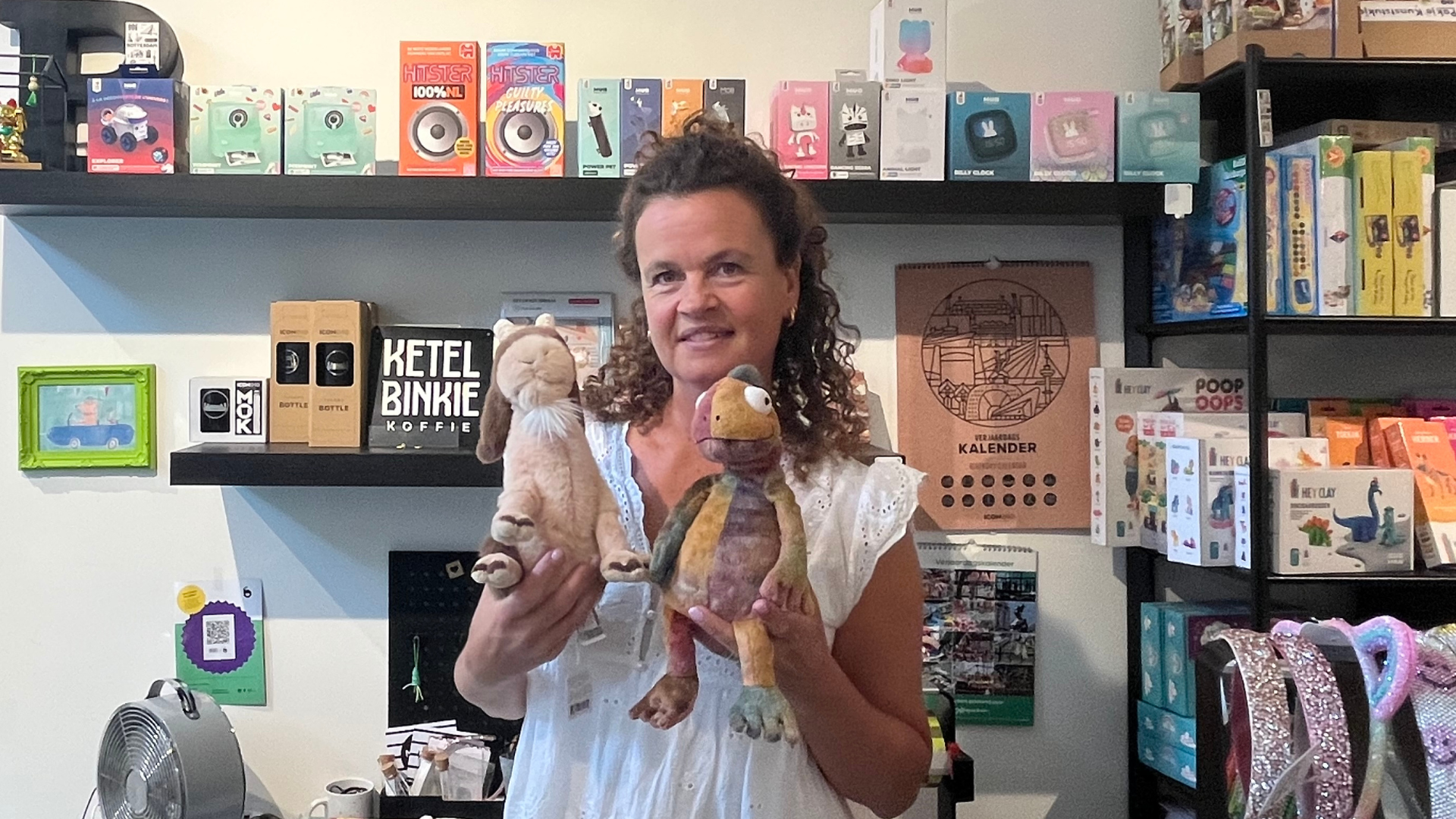Second-hand clothing, an ever-growing trend that we definitely support. Because not only do you save money, you also ensure that clothes last longer. And the longer something lasts, the better for the environment! But what exactly does that mean? And what are the other benefits of buying second-hand clothing?
We share the most important reasons why we (and Mother Nature) are fans of second-hand clothing.
- Second-hand clothes are better for your skin
- Minimise the use of hazardous substances
- Lower greenhouse gas emissions
- Reduction of water and energy consumption
- Good working conditions in the fashion industry
1. Second-hand clothes are better for your skin
Most dyes used in the production and processing of clothing are toxic. The fashion industry is responsible for huge amounts of air, land, and water pollution due to the overuse of dangerous chemicals.
New clothes are extra bad for your skin. Especially if they have been chemically treated to make them more flexible, softer, or water-repellent.
So after a good wash of your new second-hand purchase, you can wear them with confidence!

2. Minimise the use of hazardous substances
Besides being bad for your skin, the chemicals are also bad for nature.
Cotton is the most important raw material for the manufacture of textiles and clothing worldwide. Unfortunately, it requires a large amount of water, pesticides, and fertilizers to grow.
The production of 1 kilogram of cotton used in the clothing and textile industry for the production of clothing requires up to 3 kilograms of chemicals.
According to the Pulse of the fashion industry report (2018) from the Global Fashion Agenda, cotton cultivation worldwide consumes 4% of nitrogen and phosphorus fertilizers, 16% of all insecticides, and 7% of all herbicides.
These highly toxic man-made chemicals pollute groundwater and waterways. In addition, they pollute large tracts of land, which has a disastrous impact on ecosystems, and the health of workers and communities.
By buying your clothes second-hand, you omit these polluting steps!

3. Lower greenhouse gas emissions
The fashion industry is one of the biggest polluters in the world. According to a recent report by the Ellen MacArthur Foundation, it is responsible for as much as 10% of global CO2 emissions.
The global fashion industry emits 1.7 billion tons of CO2 annually. This is even more than all air and sea travel combined. And at the current rate, greenhouse gas emissions from the fashion industry will increase by 50% by 2030.
According to the report of the American Apparel Association (2017), every person who buys second-hand clothes can avoid more than 230 kg of CO2 emissions annually. It reduces one’s water, waste, and carbon footprint by more than 80%.

4. Reduction of water and energy consumption
Water is not only needed to grow crops for natural fibers such as cotton, linen, and hemp but is also used for dyeing fabrics and other textile production processes.
According to the WWF, it takes 20,000 liters of water to produce one kilogram of cotton, the equivalent of a single T-shirt and jeans.
It is therefore no surprise that the Ellen MacArthur Foundation reported in 2017 that all textile production worldwide, including agriculture, uses almost 100 billion cubic meters of water annually.
To offer a little more perspective: according to the U.N. Partnership on Sustainable Fashion, 2018 nearly 20% of the world’s wastewater is produced by the fashion industry.
Reusing clothing is a very good way to reduce the amount of water used for clothing production as there is no need to make new clothing. Clothing that lasts longer and is worn for a long time also has a smaller impact on the environment.
The 2016 report from the Nordic Council of Ministers found that reusing and recycling more than 100,000 tons of used textiles saves 70 million cubic meters of water by wiping out the production of virgin textiles and materials.

5. Good working conditions in the fashion industry
Most clothing is made in distant overseas countries. Fast fashion brands and retailers continue to push prices to produce new clothing as cheaply and quickly as possible in order to follow the many trends.
There is almost no concern for the welfare of farmers and garment factory workers in the fashion industry.
In the world’s poorest countries, there are still many cases of child labor and forced labor to make new clothes. It is not uncommon for people to have workdays of up to 20 hours, find themselves in dangerous working conditions seven days a week, and face severe harassment.
A more ethical and fair way to buy clothes is to buy second-hand clothes. You may not have a direct impact on poor working conditions in garment factories, but you can still drive change by making better purchasing decisions.

By buying more second-hand clothes, the money you spend is not going to support this polluting fashion industry.
Buying second-hand has become a popular fashion trend for valid reasons. The second-hand clothing market is growing rapidly and will play an important role in limiting the damage caused by textile and clothing production. It promotes sustainability throughout the fashion industry by reducing the production of new clothing and creating a more regenerative and circular textile economy.






.png)


